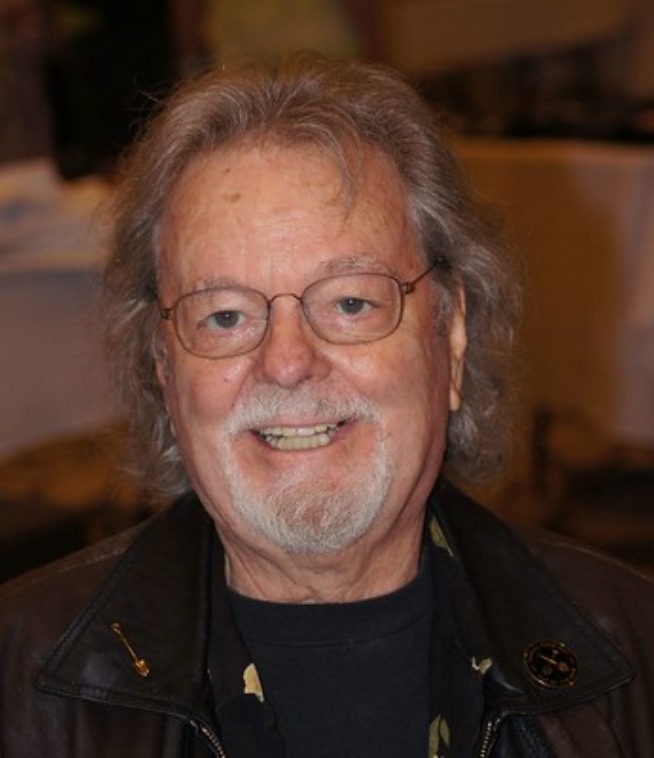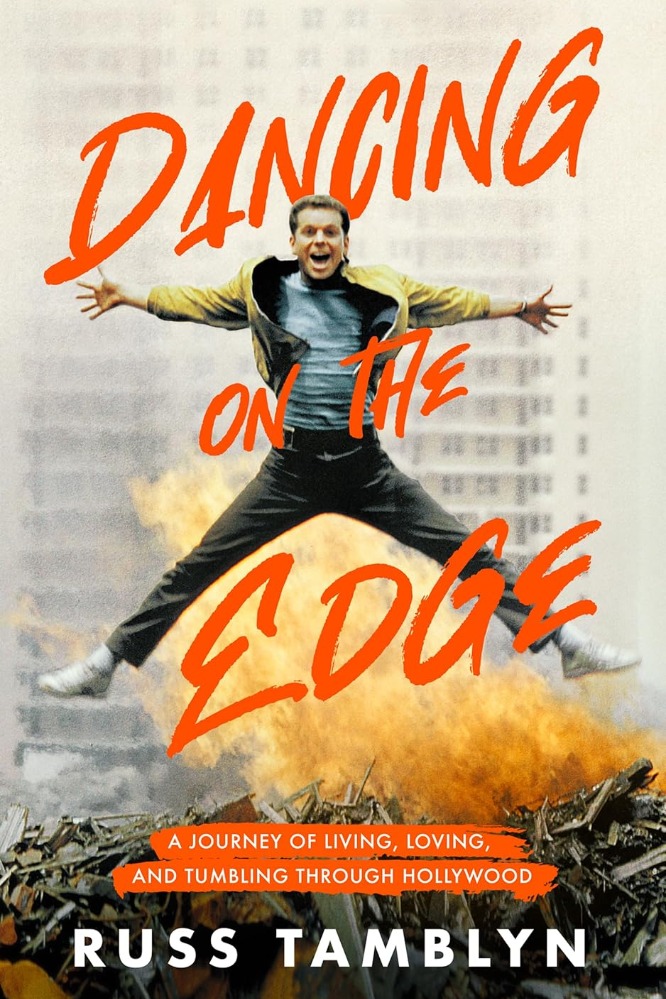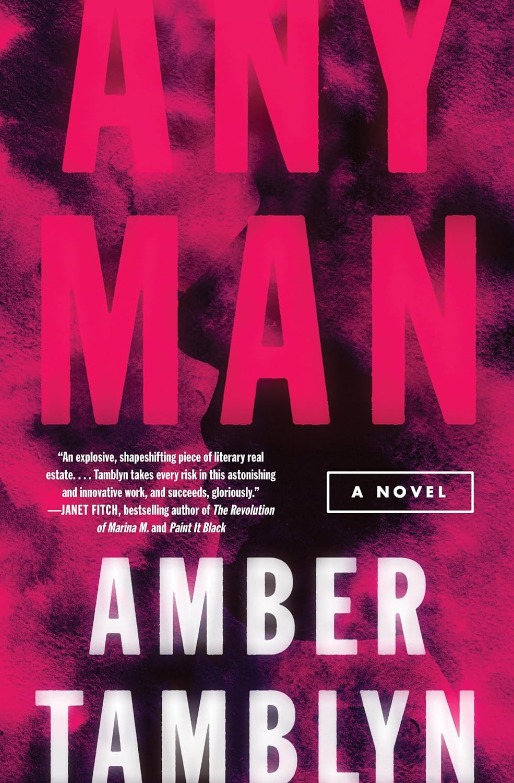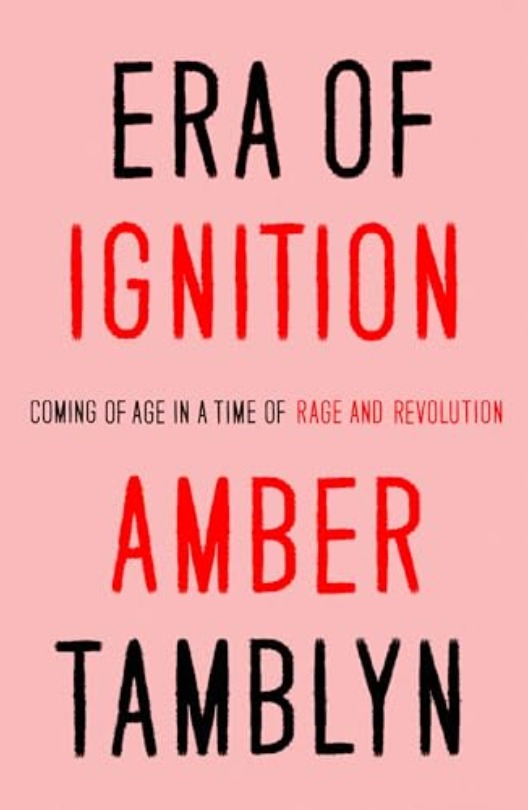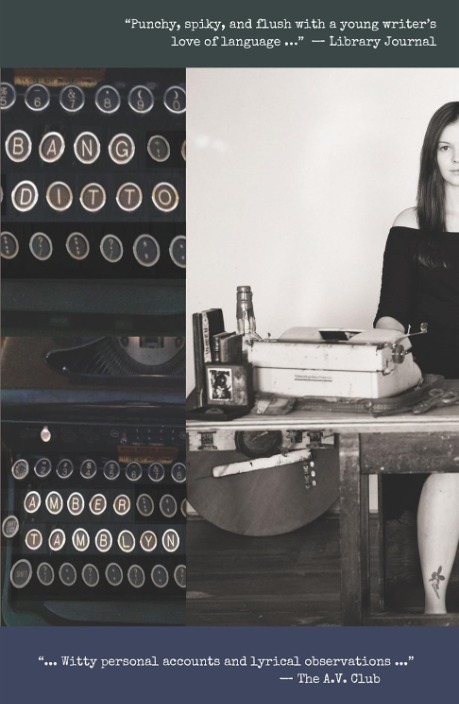Even casual movie fans recognize the name of Russ Tamblyn for his prominent role in the classic musical West Side Story. Television buffs probably remember his supporting role in David Lynch’s bizarre series, Twin Peaks. However, few know what happened to him in the three decades between those career highlights. Tamblyn now answers those questions in a lively memoir entitled Dancing on the Edge. Fans of Hollywood tell-all trivia will enjoy his many anecdotes about his early career, including appearances in epics like West Side Story and How the West Was Won. However, the story of what happened to Tamblyn after he essentially dropped out of that lifestyle was just as fascinating for me.
Russ Tamblyn was a child star in an era that produced other actors like Dean Stockwell (his best lifelong friend) and Natalie Wood. His parents had been in vaudeville, and he was amazingly nimble and athletic in his youth.
Tamblyn soon signed a lengthy studio contract with MGM. However, his early roles were straight dramas that didn’t take advantage of his dancing skills. His break came when he was cast in the musical Seven Brides for Seven Brothers. The choreographer, Michael Kidd, wanted trained dancers to play the parts of Howard Keel’s six younger brothers. But the studio wanted to cast people who could act in some roles. So, they compromised on four dancers and two actors, including Tamblyn. But when he showed off his hitherto unknown dancing skills to Kidd, he wound up showing those same skills in the lavish production numbers.
Tamblyn’s dancing skills led to an amazing three-minute tour de force in the otherwise serious, black-and-white Western, The Fastest Gun Alive. His shovel dance in that film is one of YouTube’s most popular dance sequences. (He also includes a spoiler about how he could perform some of his stunt work in the shovel dance routine.) From there, his career took off until his studio contract ended, and he dropped out of the major Hollywood studio system. His last starring role in a major studio production was in 1966, at the age of 32. He still got offers, including the starring role in the TV series, Gilligan’s Island, but he concentrated on his art instead.
As you might expect in this type of memoir, Tamblyn drops big names from Paul Newman to Elvis Presley. He recounts how touched he was when Fred Astaire complimented his dancing skills. Tamblyn also recalls a meeting with Queen Elizabeth when he attended a West Side Story screening where he was seated behind her in the Royal Box. He was shocked when Peter Sellers, who was sitting next to him, whispered to the Queen, “Lady, would you mind taking your crown off?” (The Queen didn’t respond.) Famous directors who influenced Tamblyn as an actor get their dues as well. Cecil B. DeMille gave him a hands-on lesson about what to do with his hands during a scene. And he recounts the difficulties he and the rest of the cast had with West Side Story co-
director Jerome Robbins (who was fired during the production).
The Hollywood stories comprise the first third of Dancing on the Edge. From then on, the book becomes more of a personal memoir. I found these sections fascinating but sometimes frustrating. Tamblyn still acted occasionally (including starring in B-movie cult classics like Satan’s Sadists). He also did stage work in regional theater (both as an actor and choreographer), where his name was still a big draw. But for the most part, Tamblyn concentrated on his art. He befriended well-known local artists like Wallace Berman, who became his mentor. Tamblyn made collages and experimental 8mm films that were mostly assemblies of images. His artwork was emotionally rewarding, but not financially so. He recounts making less money at a gallery showing of a year’s worth of work than in a typical film role.
Tamblyn’s circle of friends changed after he dropped out. Instead of A-list Hollywood types, Tamblyn hung out with a few former child stars like Dean Stockwell and Billy Gray. He also became close with Dennis Hopper and musician Neil Young and collaborated on extensive (but ultimately commercially unsuccessful) projects with them. Ironically, Hopper was responsible for Tamblyn’s second big career break. At a party following the premiere of Blue Velvet, in which both Hopper and Stockwell appeared, Tamblyn met director David Lynch. The famous director told Tamblyn he would involve the actor in a future project. Tamblyn dismissed the conversation as typical Hollywood chatter until Lynch called a few years later. That future project was Twin Peaks.
Tamblyn has a co-writer for Dancing on the Edge, Sarah Tomlinson. Although Tomlinson is a former journalist who has written or ghostwritten over a dozen books and memoirs, I don’t think she drew Tamblyn out enough about his later career. Tamblyn is quite candid about his two failed marriages (the second of which lasted almost 20 years), his frequent womanizing, and his drug use. But I had a feeling that drugs and/or drinking played a more significant role in Tamblyn’s career arc than he let on here. (Tamblyn also mentions anger issues but doesn’t elaborate.) He discusses his lack of success at auditions, including not getting one part that was described as an older Russ Tamblyn-type. He finally quit trying after Quentin Tarantino rejected him for a part in Reservoir Dogs, a slight he took personally for years. (Tamblyn and Tarantino eventually made up, and the director gave him and his daughter Amber cameo roles in Django Unchained.) However, despite being almost destitute at times and subsisting on unemployment benefits, occasional residuals, and odd jobs, Tamblyn expresses few, if any, regrets about his career choices. I wish he or his co-writer had gone more in-depth about a very unconventional second stage of a prominent actor’s career.
Still, there’s a lot to enjoy in seeing Tamblyn describe his life. He doesn’t avoid tragedy, including Rudy Giuliani’s decision to stage a gala tribute for the 40th anniversary of West Side Story less than a month after 9/11. He also describes his reactions to the deaths of friends like Wallace Berman, Natalie Wood, Dennis Hopper, and, especially, Dean Stockwell. But there’s also a lot of joy in Tamblyn’s later years, including a blissful third marriage. He experiences a vicarious career renaissance through his daughter Amber’s career (which introduced a new generation of TV fans to the Tamblyn name). This is the rare star memoir I wish had been longer and not just to read more about Spencer Tracy and John Wayne (both of whom get a revealing mention here). Russ Tamblyn hasn’t led the typical Hollywood A-list life, and Dancing on the Edge is a much more entertaining book for that.
NOTE: The publisher graciously provided me with a copy of this book through NetGalley. However, the decision to review the book and the contents of this review are entirely my own.
Russ and Amber Tamblyn discuss his career and Dancing on the Edge on The View:
Read other reviews of Dancing on the Edge:
Russ Tamblyn is a cherished figure to cinephiles and pop culture fans alike. He has more than 80 years as a celebrated artist and actor under his belt, working with such legendary directors as Robert Wise, David Lynch, and John Ford. He tumbled through his acclaimed starring role in the original West Side Story as an actor and acrobatic dancer, taught Elvis Presley some signature dance moves, and became an unlikely visionary in the counterculture environment of the 60's alongside peers and friends Henry Miller and Dennis Hopper.
Through his memoir, Dancing on the Edge, Russ deftly guides readers through his star-studded life and his search for a deeper, more connected existence: attending school with Elizabeth Taylor, earning an Academy Award nomination for Peyton Place, dropping out of Hollywood at the height of his career to become a fine artist in Topanga Canyon, and forging a lifelong friendship with Neil Young. He shares the painful breakup of a twenty-year marriage and the joy of finding true love and inspiration as a husband, father, and mentor in his own right.
Header Photo: "Riot Radio" by Arielle Calderon / Flickr / CC By / Cropped
Silver Screen Video Banner Photos: pedrojperez / Morguefile; wintersixfour / Morguefile
Join Button: "Film Element" by Stockphotosforfree
Twitter Icon: "Twitter Icon" by Freepik
Facebook Icon: "Facebook Icon" by Freepik
LinkedIn Icon: "LinkedIn Icon" by Fathema Khanom / Freepik
Goodreads Icon: "Letter G Icon" by arnikahossain / Freepik
Russ Tamblyn: "Russ Tamblyn" by John Mathew Smith / Flickr / CC BY-SA 2.0
Certain images on this site appear courtesy of Amazon.com and other sponsors of Silver Screen Videos for the purpose of advertising products on those sites. Silver Screen Videos earns commissions from purchases on those sites.
© 2024 Steven R. Silver. All rights reserved.


